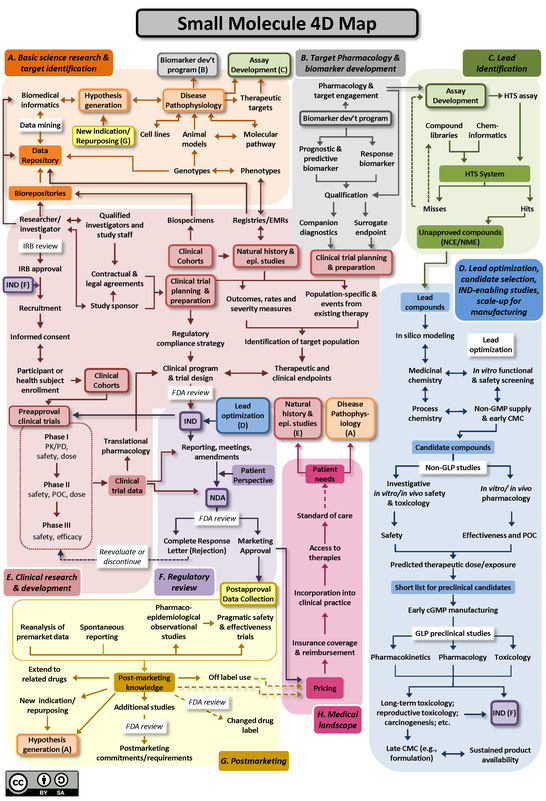

And ultracentrifugation to separate empty from full capsids of adeno-associated virus (AAV) does not scale well. For example, a suspension cell culture is easier to scale up compared to adherent cells. Key decisions early on will impact how you accomplish your goals. Also, your process must be cost-effective and reproducible. Instead, you will switch your focus to making sure you have a robust upstream or downstream process that delivers a high yield and high productivity. By the time you reach Phase III in the drug development process, ‘good enough’ is not sufficient. Ultimately, you will need a process that translates to a manufacturing environment, one that is easy to scale up throughout clinical trials and to the market.

However, it’s important to keep the end goal in mind. Regulatory requirements will guide many of these activities.Īt early stages of drug development, you will develop a process that is ‘good enough’ to meet the needs of that stage. Process development activities will vary by your type of biomolecule, as well as the stage of the drug development process you are in – preclinical, early clinical (Phase I/Phase II), or late clinical (Phase III/Phase IV).

Those activities must be combined with the right analytics, so you can accurately measure what you’ve identified as your product’s critical quality attributes (CQAs) as you develop and refine your processes. What is process development for biopharmaceuticals?ĭefinitions, activities, and things to consider when developing an upstream or downstream bioprocess.īiopharma process development comprises the activities that help you create a series of steps to produce a biomolecule – a monoclonal antibody (mAb), recombinant protein, viral vector, or other product that comes from a biological origin.īioprocess development is often divided into upstream process development and downstream process development.


 0 kommentar(er)
0 kommentar(er)
